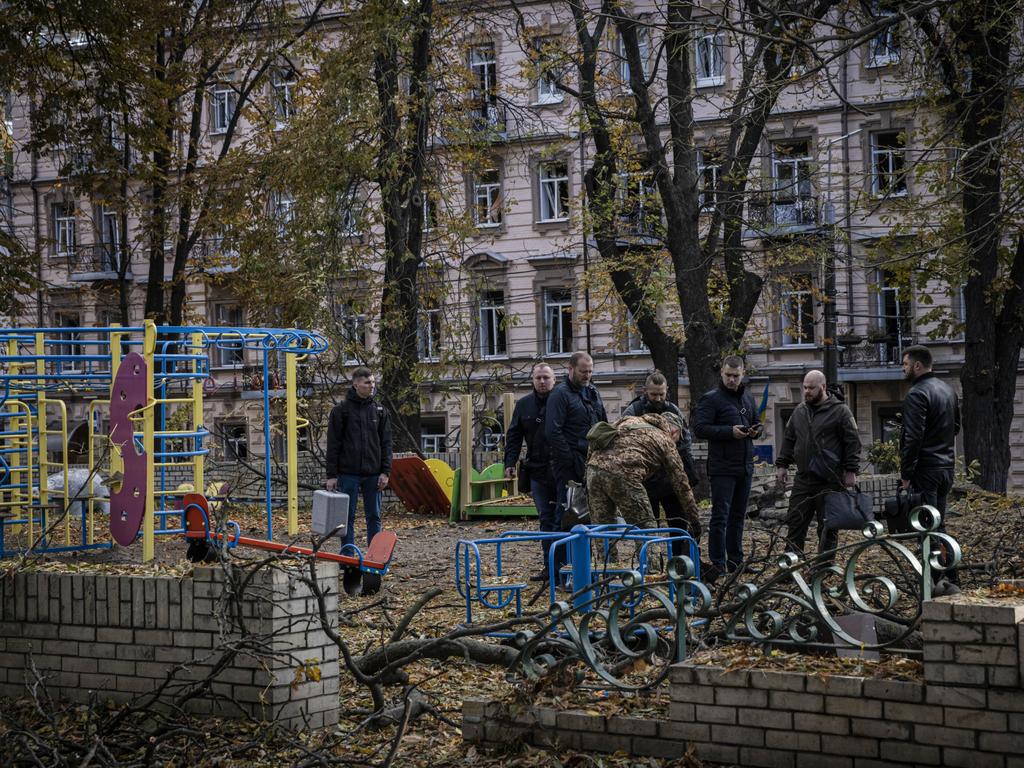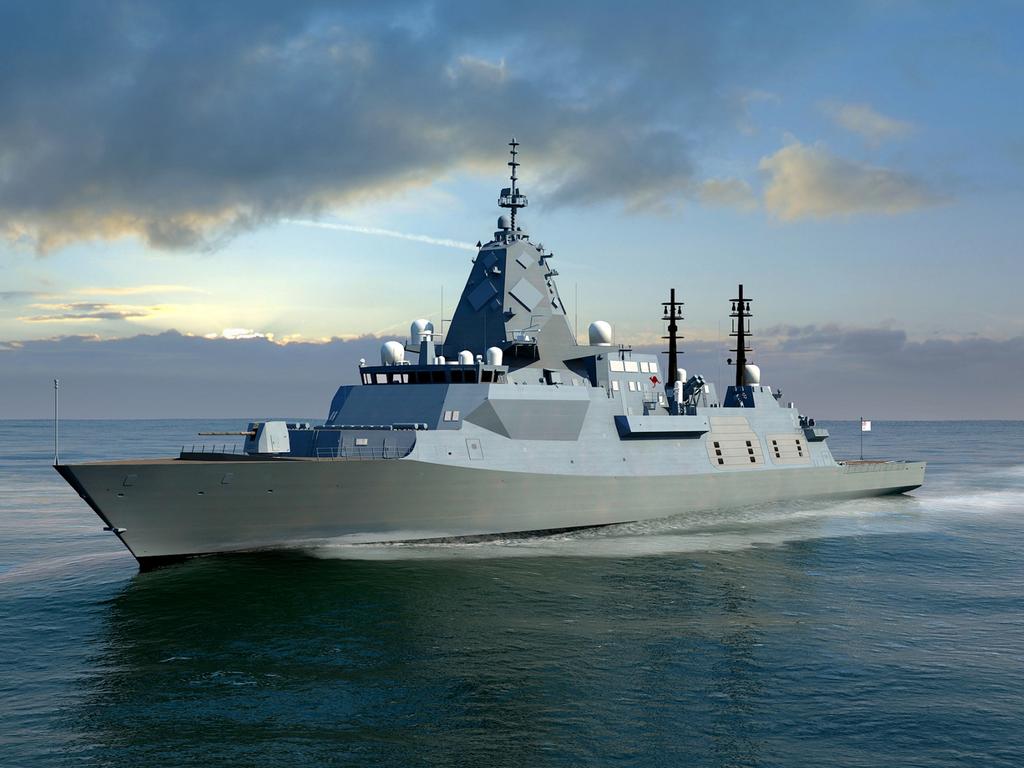Ukraine: Moscow hawks cheer as ‘General Armageddon’ takes charge of conflict
Russia’s strike on Ukraine came after Vladimir Putin appointed brutal commander Sergei Surovikin to revive the faltering offensive.
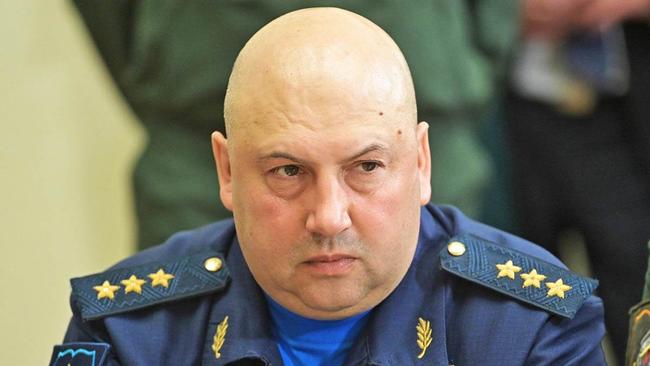
Russia’s biggest missile attack on Ukraine came less than 48 hours after President Putin appointed a notoriously brutal military commander known as “General Armageddon” to revive the Kremlin’s faltering offensive.
General Sergei Surovikin was named on Saturday as Russia’s first overall commander for the war, giving him total control over Putin’s forces in Ukraine. His appointment came hours after an explosion partially destroyed a 12-mile bridge that links Russia to the annexed Crimean peninsula. Putin described the blast as an act of terrorism carried out by Ukrainian special forces.
Surovikin, 56 today (Tuesday), oversaw the destruction of Aleppo in 2016 when Syrian government forces retook the city with the support of Russian airstrikes. Human rights groups accused him of using banned cluster munitions and incendiary weapons.
The bombardment of Aleppo became known as one of the most brutal in the war, with more than 600 civilians killed, including dozens of children.
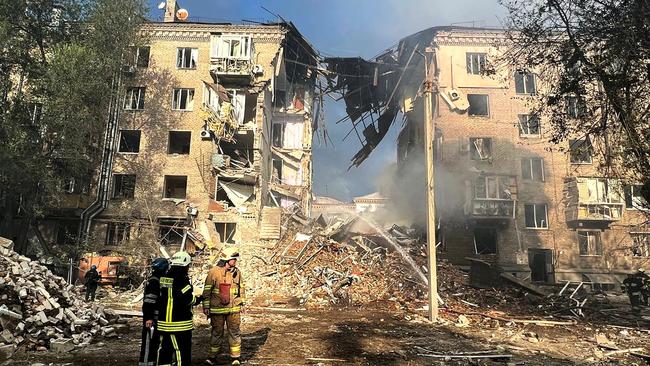
“Surovikin knows how to fight with bombers and missiles - that’s what he does,” Major General Kyrylo Budanov, head of Ukraine’s military intelligence service, said in June, when Surovikin was in charge of Russian forces in northern Ukraine.
His appointment has delighted hardliners in Russia, many of whom had been openly scathing of Putin’s handling of the war. “Surovikin is the most competent commander in the Russian army,” said Yevgeny Prigozhin, head of the Wagner Group of Kremlin mercenaries.
Ramzan Kadyrov, the pro-Putin leader of Chechnya, said that the appointment of Surovikin meant that Russia’s invasion of Ukraine was now in “reliable hands”.
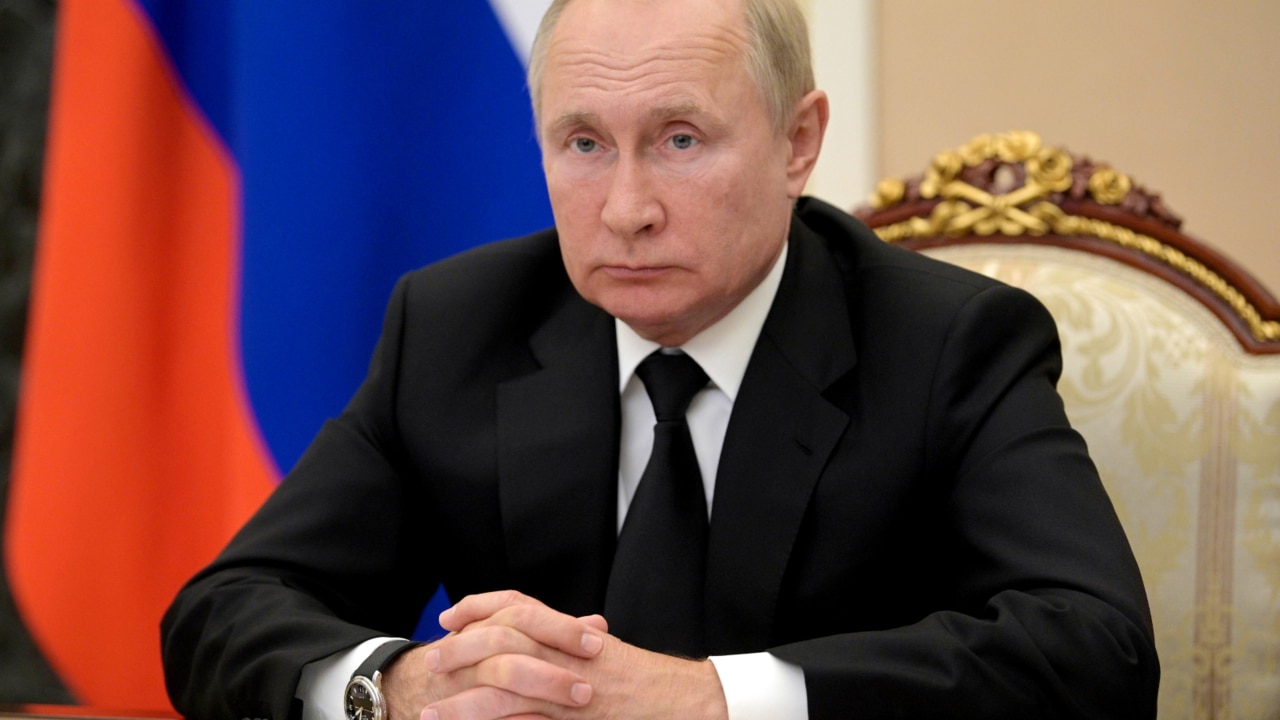
Surovikin, who also took part in Russia’s war in Chechnya, was dubbed General Armageddon by army officials for “his ability to act unconventionally and cruelly”, according to pro-Kremlin media. Unconfirmed reports from Moscow said Putin had given him carte blanche to act as he saw fit in Ukraine.
He gained infamy in 1991 when tanks under his command tried to break through a line of people in central Moscow protesting against an ultimately unsuccessful KGB coup. Three people were crushed to death.
Surovikin spent several months in jail before charges were dropped when officials ruled that he had been following orders. “He is the same officer who without hesitation, having received an order, got into a tank and rushed to save his country,” Prigozhin said.
Russia’s salvo of missiles at cities across Ukraine demonstrated the same ruthlessness that Surovikin displayed in Syria, said General Sir Richard Barrons, the former head of the UK forces command.
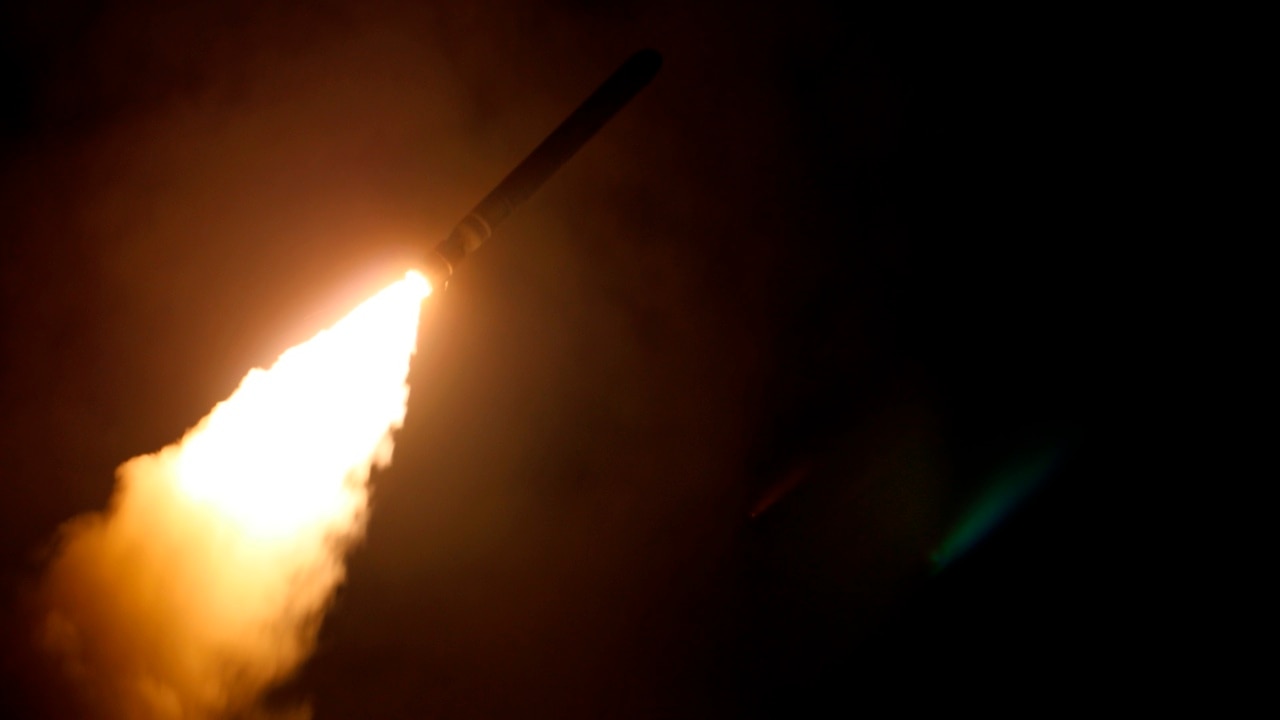
For Putin the attacks were an attempt to break the will of the Ukrainian population, Barrons said, adding: “The way we saw Aleppo levelled . . . we are getting that in Ukraine. [This is the] same brutal, feral quality you saw in Syria.”
One of the main differences, however, is that more than half of the missiles launched by Russia yesterday (Monday) were shot down by Ukraine’s defence systems. Of about 80 missiles launched, 41 were destroyed, Ukraine said. The civilians in Aleppo did not have that protection.
Although it is unclear where it is based, Kyiv is using the same system that protects the White House and the Pentagon. With a range of up to 31 miles, the national advanced surface-to-air missile system can counter a range of targets, including cruise missiles.
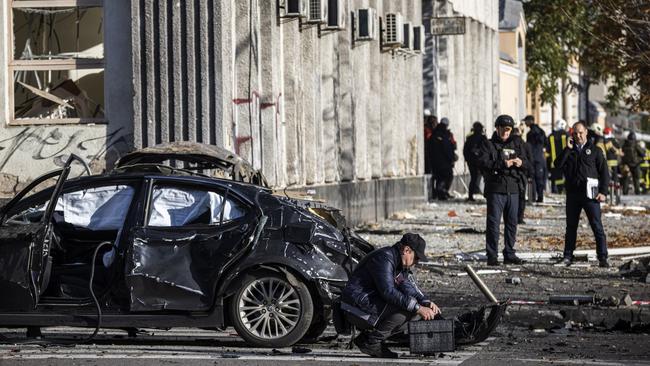
Russia used Kh-101 and Kh-555 cruise missiles launched from strategic bombers in the Caspian region, and Iskander missiles and Kalibr cruise missiles from the Black Sea, according to Ukraine Air Force Command.
Kalibr missiles are sophisticated weapons that rely on western technology. Although they have been used before in attacks on Ukraine, military experts believe Russian is running short and will be unable to procure any more.
In theory cruise missiles should be accurate to within two to five metres. Barrons said that in the case of yesterday’s (Monday’s) attacks, either Putin was targeting sites such as a children’s playground in Kyiv or the missiles had been directed to the wrong place.
Justin Crump, an analyst at the risk consultancy Sibylline, said Russia had been using bombers throughout the conflict, especially early on, but they were now increasing the breadth and depth of their targets.
President Zelensky said Russia used Iranian drones in yesterday’s (Monday’s) attack, which showed the evolution of technology since the carpet-bombing of densely populated civilian areas in Syria.
Crump suggested that, as Russia ran out of precision weaponry, it could resort to Aleppo-style tactics.
“It is unclear how long this tempo can be maintained,” he said, warning that “increasing use may be made of older, less accurate weapon stocks”.
The Times



